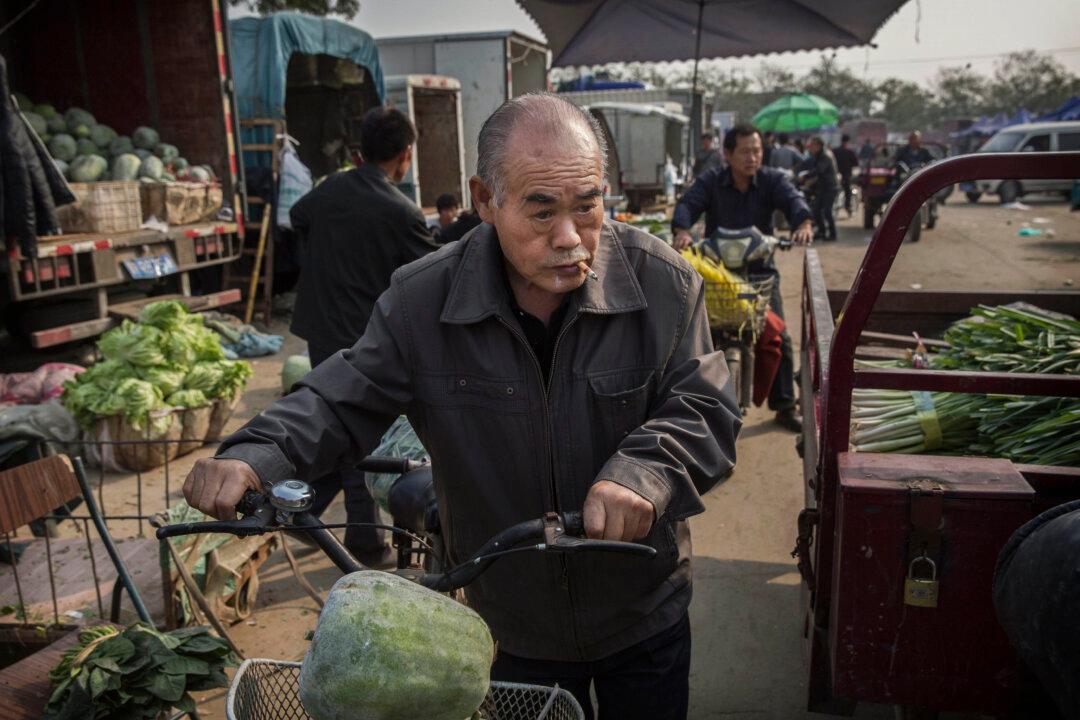China has established itself as a top lender to emerging market energy firms lacking access to capital.
During Brent crude’s 64 percent slide over the last 24 months, China—more than any other country—has funneled massive amounts of funding to struggling energy companies in emerging markets such as Russia and Brazil.
Over time, China has fined-tuned its approach. By eschewing outright purchases in favor of loans and minority stakes, China is able to obtain the necessary energy supply without the hassle of long-term ownership.
In early March, Russian state-controlled Gazprom secured a five-year, 2 billion euro ($2.28 billion) loan from Bank of China, the biggest loan it has ever secured. It provides a critical lifeline for Gazprom to continue its ambitious infrastructure projects.
Last month, Brazil’s embattled state-owned Petrobras turned to China for a $10 billion loan from China Development Bank in exchange for guaranteed supply of petroleum to Chinese companies. Petrobras is the most indebted company in the oil industry, and has danced on the cusp of bankruptcy over the last two years as oil prices have fallen to multi-year lows.
Risky Bets Gone Awry
The recent energy deals—structured as loans in exchange for supply contracts—are a pivot away from China’s past penchant for acquiring assets in the energy space.
Consider it a lesson learned from the Nexen fiasco, China’s biggest foreign energy acquisition that ended as a bust and embarrassment.
In late 2012, China National Offshore Oil Corp. (CNOOC) completed a landmark $15 billion purchase of Canadian oil sands driller Nexen Inc. after much regulatory scrutiny. The deal was approved by Canadian Prime Minister Stephen Harper and at the time, China promised to keep jobs steady and boost growth in Canada.
CNOOC sent its foreign chief Fang Zhi to run the Calgary-based Nexen, and discovered that the company was in worse shape than previously imagined.





